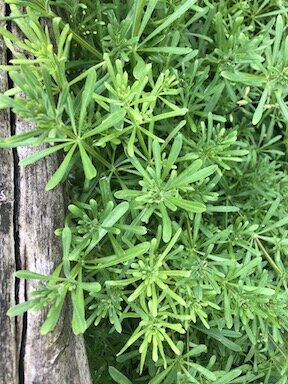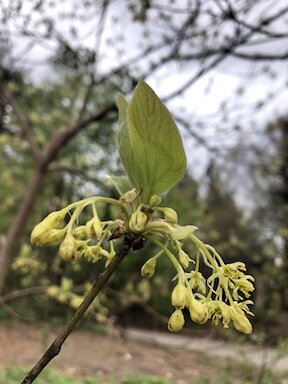Love is all around and at every moment we have the opportunity to act from a place of Love. Valentine’s Day is simply one 24-hour period in time where we are reminded to amplify our Love frequency within and without. Self-love, love of family/friends/community, love of the land, love of Life. Everywhere you turn there is someone and something to love, including our own inner landscape. Love every atom and inch of your being and you will know infinity.
Today I’m sharing my love with you — my love for the plants, my love for creativity, my love of discovery and curiosity. In love we slow down to experience a deeper awareness of our connections to one another. In love we see the reflection of our divinity in all around us.
So with love I put together this playlist of my favorite moments from the springtime lessons of INFUSE, a collaborative co-creation with the plants.
Crafting Birch Staves
Kick off the springtime with the fresh-start feeling of Birch. I’ll show you how to craft a stave to use for magical purposes or to wear as an amulet.
Dandelion Blossom Tempura
Feed your spirit and body with this delicious spring delicacy that reminds us of the enduring nature of the Sun and the fleeting nature of life.
Chickweed Flower Essence
Open to presence, open to community, open to your connection to the Cosmos — these are some of the applications of Chickweed Flower Essence. Learn how to make your own in this video.
Cleavers Binding Ritual
What or whom are you attaching yourself to? What or whom are you releasing? Learn how to make a sigil to either commit to or release attachments, with the help of Cleavers.
Filé Gumbo Sassafras
Some say the way to another’s heart is through their stomach… And with heart-warming Sassafras, you’ll have even more success. Here’s one delicious way to nourish yourself and those you love. Learn more about the history of Gumbo.
Hawthorn Heal the Heart Salve
Massage and sensual touch is a pleasurable way to experience the love of someone, including your self! Craft a heart-healing herbal oil, salve, and infusion to open your heart to love.
Strength Through Challenge Meditation
Call on the spirit of Hawthorn to help you face challenging moments with love, grace, and compassion.
I’d love to hear from you! Whether you create with these plant allies or intend to, or whether you have a different way of working with and loving the plants, share in the comments below. ❤️❤️❤️














